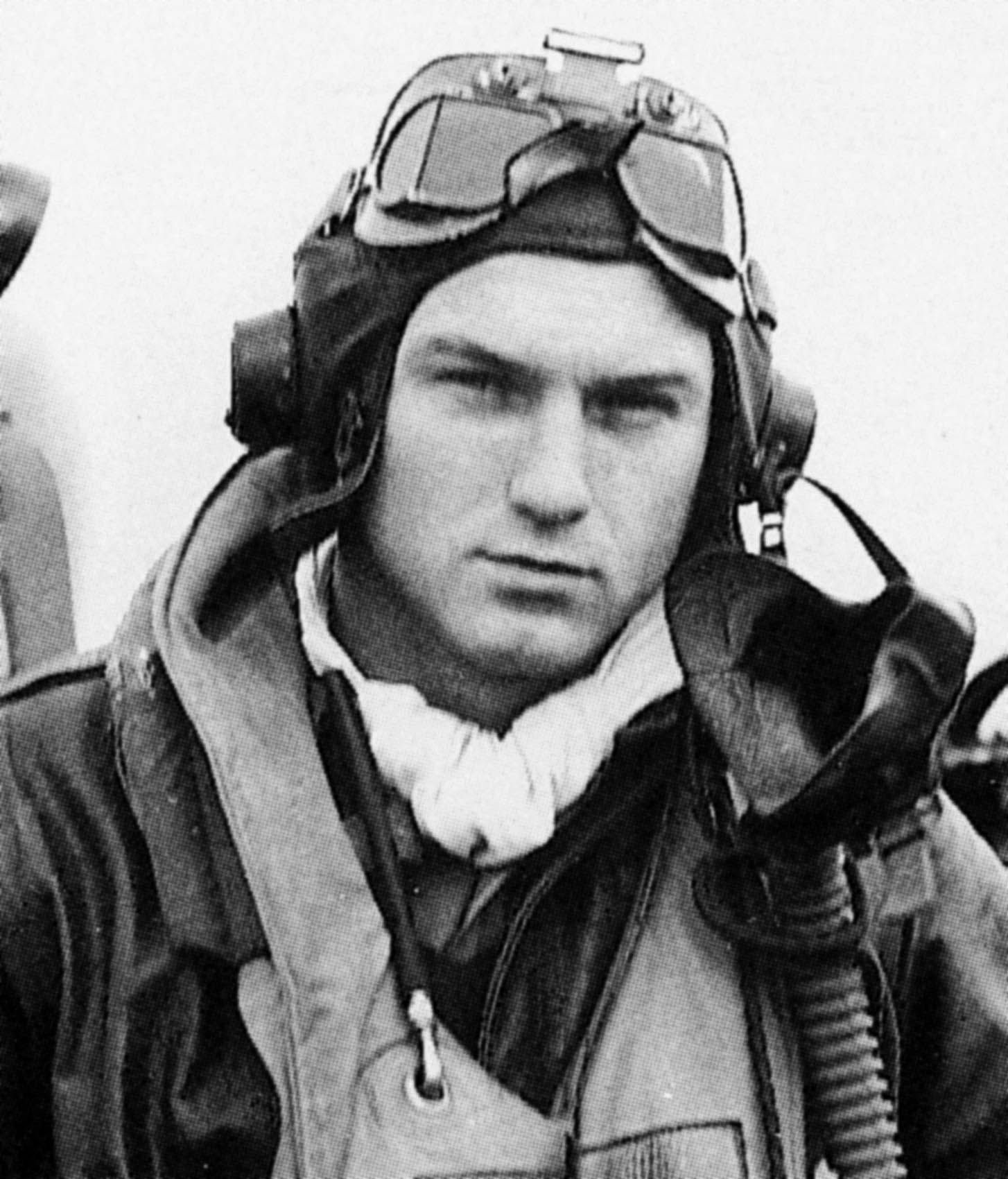History often slips quietly from living memory into archives and books. With the passing of Donald McPherson at 103, America has lost not just a decorated veteran but the final living link to one of aviation’s most storied honors: the title of fighter “ace.” His record, downing at least five enemy aircraft during World War II, placed him among a select band of pilots whose skill and nerve helped tip the balance of the war.
McPherson’s death does more than close a military ledger. It closes a chapter that began in the skies over the Pacific more than eighty years ago, and it invites reflection on a life that was about far more than combat victories. His story is not just one of wartime valor, but of faith, family, and steadfast service to community.
Who Was Donald McPherson?
Donald Melvin McPherson was born in 1922 in Adams, Nebraska, a town whose rhythms followed the seasons and the soil. His childhood unfolded during the Depression, when survival meant work, endurance, and the quiet determination that defined much of his generation.
In 1942, at just 20, he left the farm fields for the cockpit, entering the Navy’s Aviation Cadet Program. The training was relentless, designed to weed out all but the most capable. McPherson’s calm under pressure and natural feel for flight carried him through. By 1944, he was a commissioned naval aviator, assigned to Fighter Squadron 83 aboard the USS Essex.
The Path to Becoming an Ace
Few honors in aviation carried as much weight as the title of “ace,” reserved for pilots who destroyed at least five enemy aircraft in aerial combat. McPherson earned his distinction flying the F6F Hellcat, the rugged workhorse of the U.S. Navy and a plane nicknamed the “Zero Killer” for its superiority over Japan’s Mitsubishi A6M.
He entered combat in 1945, just as the Pacific war reached its peak of ferocity. His first victory came in the skies above the Ryukyu Islands. In the months that followed, he tallied more, finally surpassing the ace threshold in the spring. His most dramatic mission took place over Okinawa, where he intercepted and downed three enemy aircraft in one flight.
For these feats, McPherson received three Distinguished Flying Crosses and four Air Medals. His squadron, VF-83, would be credited with hundreds of kills during the war’s final months.
Life After the War
When victory came, McPherson did not seek a permanent place in the military or public spotlight. He returned home to Nebraska and resumed the life of a farmer, working the same land that had shaped him as a boy. He also became a rural mail carrier, a quiet but vital role in keeping his small community connected to the outside world.
He married Thelma Johnston, raised a family, and gave freely of his time to neighbors and youth. He coached baseball, served as a Scoutmaster, and was deeply active in his church. McPherson’s concept of service had simply shifted from battlefront to homefront, from war to peace.
The Last of the Aces
In the immediate aftermath of World War II, thousands of American pilots bore the title of ace. Their names included Richard Bong, Thomas McGuire, Gregory “Pappy” Boyington, and George Preddy, all of them remembered as masters of the air.
As decades passed, their numbers dwindled. By the early 2000s, only a handful remained alive. McPherson, a man who never sought publicity, gradually became the last survivor of this extraordinary fraternity.
When word spread in 2025 of his death, military historians and veterans’ groups noted the milestone with reverence and sorrow. With him, the living line of World War II aces came to an end. From now on their stories will live only in the words of others.
Why the “Ace” Still Matters
To modern ears, “fighter ace” might sound like a romantic artifact of the past. But in the 1940s, aces were national symbols. Newspapers celebrated their victories, radio broadcasts carried their names, and their exploits offered a weary nation a sense of hope.
More than symbols, they were also tactical assets. Aces often tipped the scales of battle, their skill ensuring air superiority that saved lives on the ground. In the Pacific, where McPherson fought, control of the skies was the linchpin of the island-hopping strategy that brought U.S. forces within striking distance of Japan.
The ace remains a timeless emblem: a master of craft, steady under fire, and proof of what courage and training can achieve in desperate times.
The Human Side of Heroism
McPherson’s legacy lies not only in his wartime record but in the quiet dignity of his postwar life. He never courted fame. When awarded the Congressional Gold Medal in 2015, he accepted with grace but quickly shifted attention to his fellow pilots. He insisted he had simply done his duty.
That humility may be the clearest reflection of his generation’s ethos. They fought not for self but for cause. And when the war ended, they returned to build lives of service, community, and family.
A Legacy of Service
McPherson’s community chose to honor him not with statues or monuments to his combat record, but with something more personal. The local ballpark was named McPherson Field, in recognition of his years coaching local children. It is fitting: his greatest legacy was not the aircraft he destroyed, but the lives he shaped.
The End of Living Memory
McPherson’s passing also underscores a broader truth: the generation that fought World War II is nearly gone. Tens of millions once wore the uniform; now only a small fraction remain, most over 95. Each year takes with it another witness to the defining conflict of the 20th century.
Their stories must now be carried forward through books, films, classrooms, and families. The death of the last ace reminds us of the responsibility of memory.
Conclusion
Donald McPherson’s life traced a remarkable arc: from a Nebraska farm to the deadly skies of the Pacific to a long life of quiet service at home. His death at 103 closes the chapter on living World War II aces, but his story remains as part of the enduring record of courage, humility, and resilience that defined his generation.
The skies are quieter now. Yet the values McPherson embodied—bravery in danger, modesty in triumph, and service in peace—still call to us. His life reminds us that history is not only written in medals and missions, but also in the everyday ways one man can serve his family, his neighbors, and his country.

